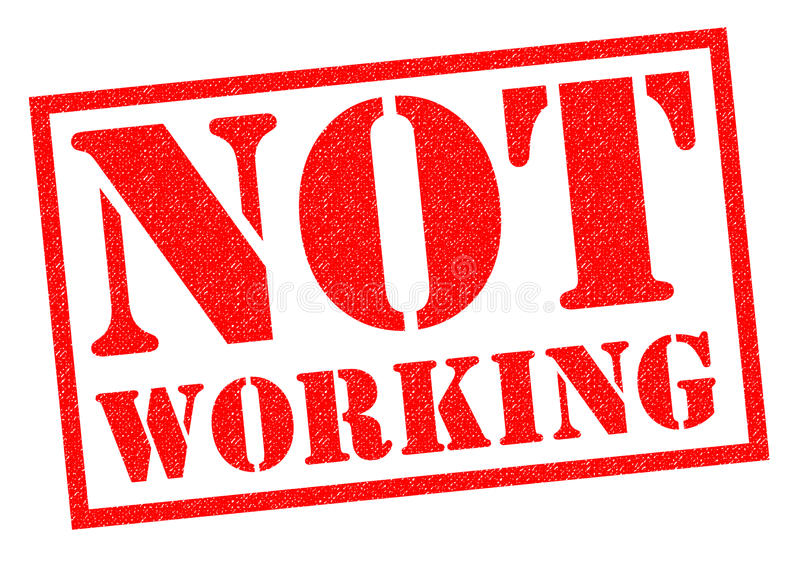
If you don’t like something, change it. If you can’t change it, change your attitude. – Maya Angelou
How well do you embrace change? Research conducted by Pritchett finds that some 20% of people are change-friendly. They are willing to embrace change and are typically those who will drive it in their organizations. Another 50% are those who sit on the fence. They assume a neutral position, figuring out which way to lean. The remaining 30% are the resisters. They are antagonistic toward change and deliberately try to make it fail.
Even good change has been hard to come by over time. In many ways, we are settlers. We settle for what is, would instead not be burdened by learning something new, and would prefer to keep antiquated systems even when new ones would be more beneficial.
Take electricity, for example. I read that when electricity was first introduced in buildings and homes, people feared it. There were no safe circuits available. When electric lights were introduced to the White House in 1891, President Harrison feared electrocution, even touching the lights.
A newspaper entry from 1900 reads, “Do we really need it when gas lights work just fine, and horses are easier than cars?”
As we enter 2025, we stand on the brink of many changes that await us. Some are known, but many are not. Over the years, here is what I have learned about change.
Your attitude toward change is more important than the change
The only constant is change. We can control some change but can’t control most of it. However, we always have control over our attitude toward it.
When it comes to change, your attitude will help you navigate it, and how you navigate it will determine your success and peace of mind. Be careful about the choices you make.
You can be a change agent or a change spoiler.
As a leader, you are uniquely positioned to be a change agent for good. To that end, the world needs you. But you can’t be a change agent for good from the sidelines. Granted, not every idea for change is good, but not every idea for change needs to be resisted.
Your role as a leader is to be engaged, have the wisdom to discern right from wrong, and be the voice of reason. Click To TweetYour personal growth is attached to your ability to change
John Maxwell said, “Change is inevitable; growth is optional.” And this is the secret sauce of your success. Change is going to happen with or without you. Your growth is optional.
Maxwell also said, “People change when they hurt enough that they have to change, learn enough that they want to change, receive enough that they can change.”
So, in what ways do you want to change in 2025? What are you willing to do to embrace change? What will you do to grow in 2025 and become the person God desires you to be?
Ready or not, 2025 is here, and it’s time for a change.
©2025 Doug Dickerson










